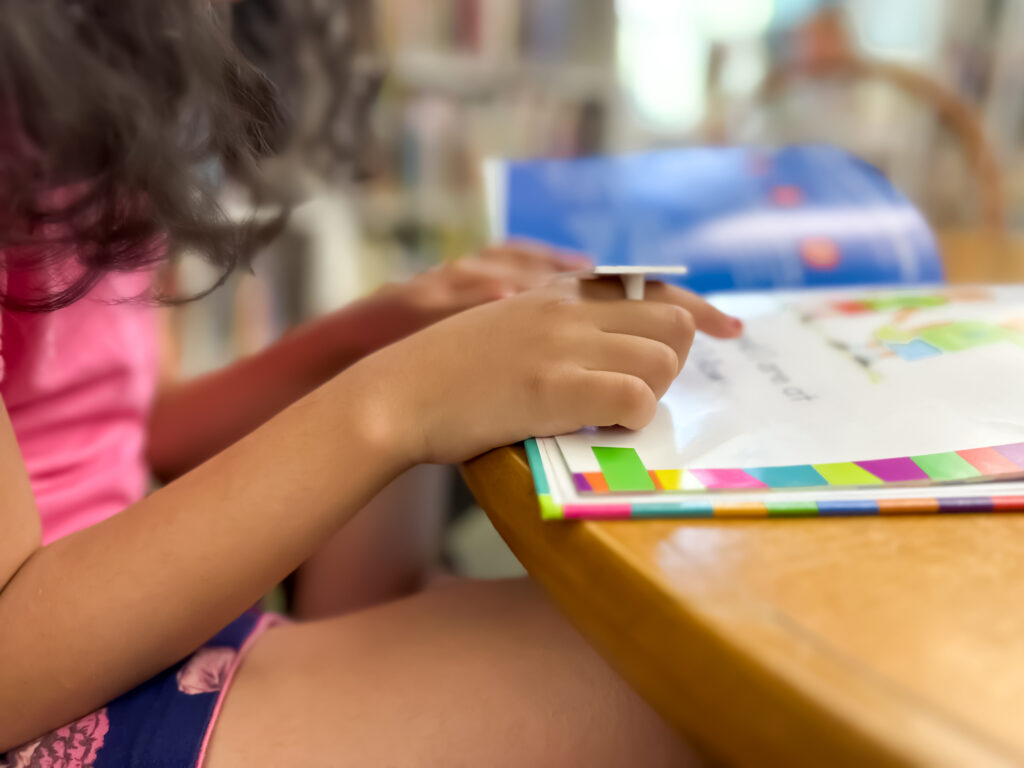Elementary teachers from nearly 200 schools participated in comprehensive science of reading training, and those schools saw a 2.5 percentage point jump between 2023 and 2024. (Getty Images)
One of the most influential factors in a person’s future success is the ability to read.
When it comes to acquiring this important skill, the end of third grade is a key milestone for students. The ability to read by this point in their educational journey is essential to future learning in all other subjects.
That is why it is so encouraging to see Indiana leaders intentionally focused on improving literacy at a level we have never seen before. While we certainly have more work to do to ensure every child has the knowledge and skills they need to enjoy lifelong success, recent literacy data provide a glimpse into the progress already being made through these unprecedented investments.
Recently released results from Indiana’s third grade reading test, IREAD, show the largest single-year increase since the assessment began more than a decade ago. During the most recent school year, 82.5% of our third graders demonstrated proficient reading skills, a 0.6 percentage point statewide increase over the previous year’s assessment. While the results show that we have a long way to go to meet Gov. Eric Holcomb’s goal of 95% reading proficiency by 2027, they also highlight that what we are doing is working.
To hit the 95% target, the state and philanthropic partners have invested heavily to train teachers in the science of reading, an evidence-based methodology that emphasizes phonics, phonemic awareness, vocabulary, fluency and comprehension.
Elementary teachers from nearly 200 schools participated in comprehensive science of reading training, and those schools saw a 2.5 percentage point jump between 2023 and 2024, compared to just a 0.2 percentage point increase for schools that did not participate.
While 2.5 percentage points may not seem like a large number, in terms of improvement on academic assessments, it is uncommon to see a jump this high from one year to the next. Some schools that opted into the science of reading coaching and support saw an increase of more than 20 percentage points, illustrating enormous gains as a result of their participation in the training.
After years of declining scores prior to COVID, it is great to see gains for now three years in a row. And what’s even more exciting: nearly 300 additional schools have opted in to receive this strategic, no-cost literacy support beginning this school year. As this support grows to include educators and students across Indiana, I am optimistic that this positive momentum will continue, helping more students to achieve success in reading and in life.
GET THE MORNING HEADLINES DELIVERED TO YOUR INBOX

